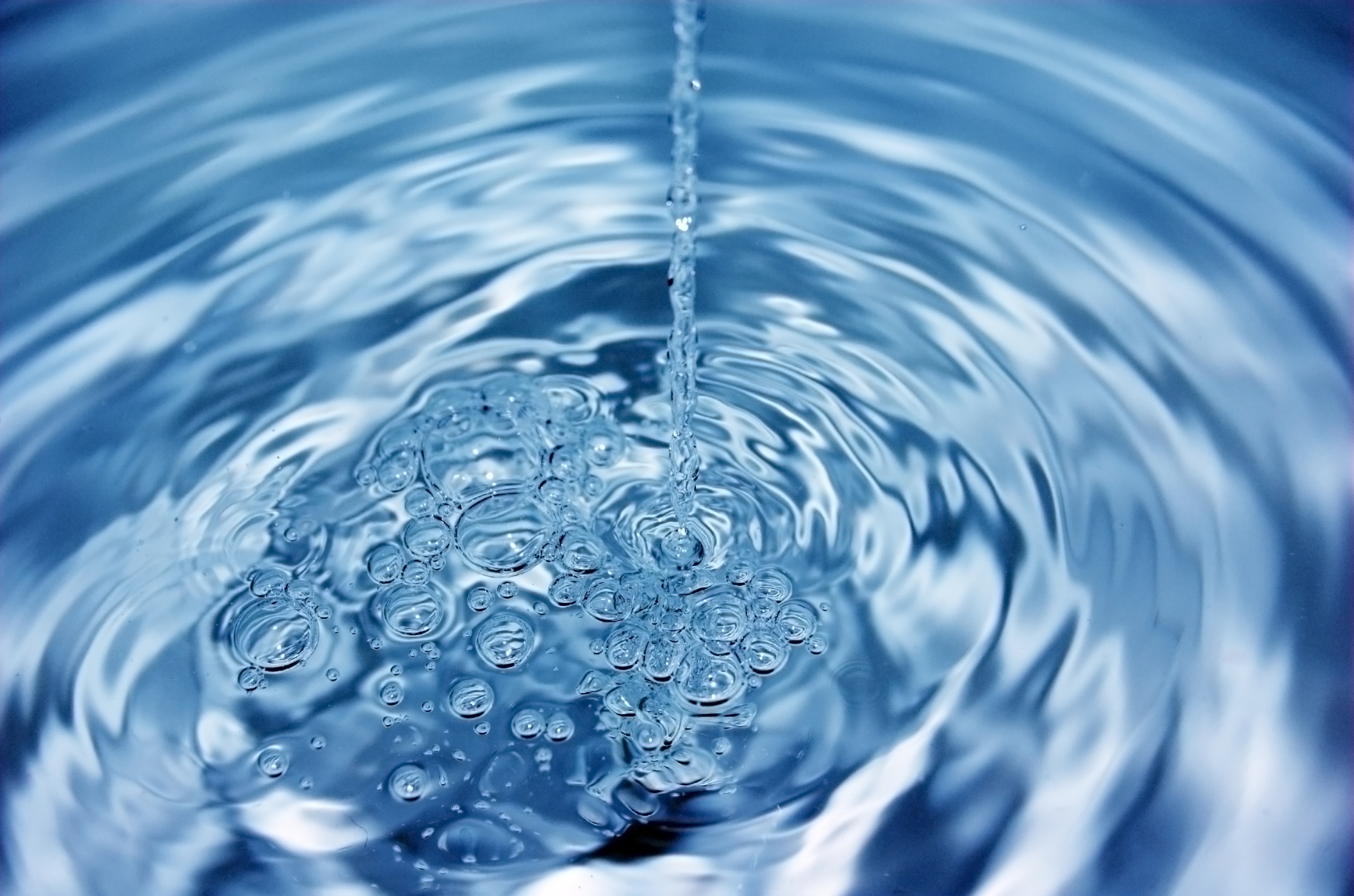- Home
- Renewable Energy
- 2x HPP 9MW + 8MW Historical Hydro Power Plant
2x HPP 9MW + 8MW Historical Hydro Power Plant
© 2024 MergersCorp M&A International.
© 2024 MergersCorp M&A International is a global brand operating through a number of professional firms and constituent entities located throughout the world to provide M&A Advisory and other client related professional services. The Member Firms are constituted and regulated in accordance with relevant local regulatory and legal requirements. For more details on the nature of our affiliation, please visit us on our website https://mergerscorp.com/disclaimer. MergersCorp M&A International is not a registered broker-dealer under the U.S. securities laws.
This website does not constitute an offer to sell, a solicitation of an offer to buy, or a recommendation of any security or any other product or service by MergersUS Inc. or any other third party regardless of whether such security, product or service is referenced in this website. Furthermore, nothing in this website is intended to provide tax, legal, or investment advice and nothing in this website should be construed as a recommendation to buy, sell, or hold any investment or security or to engage in any investment strategy or transaction.MergersCorp M&A International franchising program is not offered to individuals or entities located in the United States.
The franchising program is offered by MergersUK Limited a UK Company with registered office at 71-75 Shelton Street, Covent Garden, London, WC2H 9JQ, United Kingdom.
2x HPP 9MW + 8MW Historical Hydro Power Plant
Hydro power plants play a significant role in Canada’s energy production, with the country being one of the largest producers of hydroelectricity in the world. Canada’s vast network of rivers and mountainous terrain make it an ideal location for the development of hydro power plants.
There are over 500 hydro power plants in Canada, which collectively generate around 60% of the country’s electricity. The largest hydro power plant in Canada is the Churchill Falls Generating Station in Newfoundland and Labrador, which has a capacity of over 5,400 megawatts. Other notable hydro power plants in Canada include the Robert-Bourassa Generating Station in Quebec and the Sir Adam Beck Generating Station in Ontario.
Hydro power plants work by harnessing the flow of water from rivers and lakes to generate electricity. Water is stored in reservoirs created by dams, and when released, it flows through turbines that spin generators to produce electricity. This renewable energy source is clean and reliable, making it a popular choice for meeting Canada’s energy needs.
Despite these challenges, hydro power plants continue to play a crucial role in Canada’s energy mix. With the country’s commitment to reducing greenhouse gas emissions and transitioning to renewable energy sources, hydro power will likely remain a key component of Canada’s energy future.
Keypoints
| Location | Ontario,Canada | Ontario,Canada |
| Installed power | 9 Mw | 8 Mw |
| River or lake | TBA | TBA |
| Construction | 1993 | 1945 |
| Power acc. concession | ||
| max. installed power | 9 Mw | 8 Mw |
| max. water-input | 1300 Qf/s | 1300 Qf/sec |
| Medium water-input | ||
| Capture altitude | 648-650 Alt ft | 648-650 Alt FT |
| Return altitude | 580 Alt ft | 450 Alt Ft |
| Jump | ||
| Type outflow | ||
| Groups | ||
| Type turbines | Foith Vertical Blade | GE 6 Blade |
| Expiry of concession | ||
| Estimated Annual production | 96,600,000 kWh | 70,000,000 kWh |
| Traverse oder | ||
| Value incentive | ||
| PPA Canadian GOV | $69 CAD / MWh | $69 CAD / MWh |
| Annual income | $6.000.000,00 CAD | $6.912.000,00 CAD |
| Annual cost O&M | $310.000 CAD | $310.000 CAD |
| Insurance | NA | |
| IMU/Taxes | $140.000 CAD | $140.000 CAD |
| Video control | N/A | |
| Royalties | NA | N/A |
| Possibility to improve power | 17 KWh max | 17 Mw Max |
| Existing financing | N/A | N/A |
+Figures in Canadian Dollar (CAD)
About
Resources
Contacts
M&A Deal Advisory
Corporate services
Consulting
© 2024 MergersCorp M&A International is a global brand operating through a number of professional firms and constituent entities located throughout the world to provide M&A Advisory and other client related professional services. The Member Firms are constituted and regulated in accordance with relevant local regulatory and legal requirements. For more details on the nature of our affiliation, please visit us on our website https://mergerscorp.com/disclaimer. MergersCorp M&A International is not a registered broker-dealer under the U.S. securities laws.
This website does not constitute an offer to sell, a solicitation of an offer to buy, or a recommendation of any security or any other product or service by MergersUS Inc. or any other third party regardless of whether such security, product or service is referenced in this website. Furthermore, nothing in this website is intended to provide tax, legal, or investment advice and nothing in this website should be construed as a recommendation to buy, sell, or hold any investment or security or to engage in any investment strategy or transaction.MergersCorp M&A International franchising program is not offered to individuals or entities located in the United States.
The franchising program is offered by MergersUK Limited a UK Company with registered office at 71-75 Shelton Street, Covent Garden, London, WC2H 9JQ, United Kingdom.
This website is operated by MergersUS Inc a US Corporation with registered office at
40th Wall Street, Suite #2725, New York, New York 10005, United States of America
Error: Contact form not found.
Error: Contact form not found.
Error: Contact form not found.
Error: Contact form not found.





















Description
Hydro power plants play a significant role in Canada’s energy production, with the country being one of the largest producers of hydroelectricity in the world. Canada’s vast network of rivers and mountainous terrain make it an ideal location for the development of hydro power plants.
There are over 500 hydro power plants in Canada, which collectively generate around 60% of the country’s electricity. The largest hydro power plant in Canada is the Churchill Falls Generating Station in Newfoundland and Labrador, which has a capacity of over 5,400 megawatts. Other notable hydro power plants in Canada include the Robert-Bourassa Generating Station in Quebec and the Sir Adam Beck Generating Station in Ontario.
Hydro power plants work by harnessing the flow of water from rivers and lakes to generate electricity. Water is stored in reservoirs created by dams, and when released, it flows through turbines that spin generators to produce electricity. This renewable energy source is clean and reliable, making it a popular choice for meeting Canada’s energy needs.
Despite these challenges, hydro power plants continue to play a crucial role in Canada’s energy mix. With the country’s commitment to reducing greenhouse gas emissions and transitioning to renewable energy sources, hydro power will likely remain a key component of Canada’s energy future.
Keypoints
+Figures in Canadian Dollar (CAD)
Basic Details
Target Price:
$70,000,000
Gross Revenue
$12,912,000
Business ID:
L#20240622
Country
Canada
State:
Ontario
Detail
Similar Businesses
Published on March 1, 2024 at 6:32 pm. Updated on April 22, 2024 at 6:35 pm
3x 28MW + 31MW + 31MW Wind Power Plants Pipeline
TBD
Renewable Energy
HPP Pipeline of 5x Italian Hydroelectric Power Plants
TBA
Renewable Energy
48,2 MWp Portfolio of PV Photovoltaic Solar Power Plants
$55,500,000
Renewable Energy
10MW-Hydro Power Plant
$5,000,000
Renewable Energy
33MW 4x HPP Hydro Power Plant
$12,500,000
Renewable Energy
19.6 MW Biomass Power Plant
$25,000,000
Renewable Energy
PREVIOUS PROPERTY
3x 28MW + 31MW + 31MW Wind Power Plants Pipeline
NEXT PROPERTY
Swiss Crypto Exchange, Payment Processing & Wallet Management